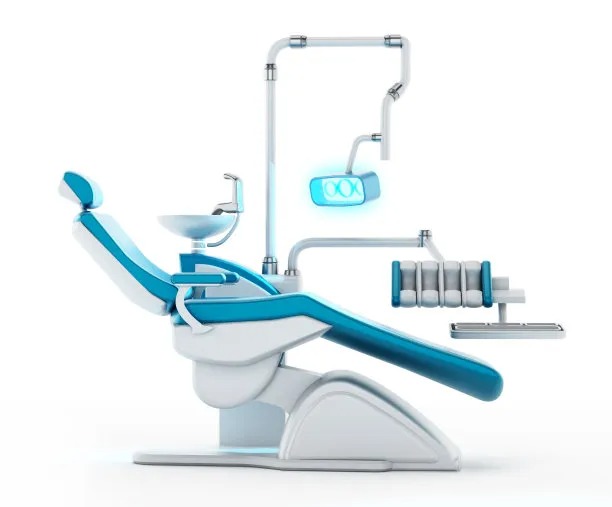Understanding the Process and Importance of Extracting a Tooth for Optimal Dental Health and Hygiene
Summary: Tooth extraction, though often regarded with apprehension, plays a crucial role in maintaining optimal dental health and hygiene. This article delves into the multifaceted nature of tooth extraction, exploring its necessity in cases of severe decay or damage, the professional procedures involved, the subsequent stages of healing and care, and the long-term importance of maintaining oral health post-extraction. Understanding these aspects can alleviate fear and promote informed decision-making for individuals facing the possibility of tooth extraction.
1. Reasons for Tooth Extraction in Dental Health

One of the primary reasons for extracting a tooth is severe decay. When a tooth is extensively damaged by cavities and the decay has infiltrated deep into the tooth structure, it can lead to unbearable pain and infection. In such instances, dentists often recommend extraction to eliminate the source of pain and prevent further complications. Regular dental check-ups can help identify these issues early, allowing for timely interventions before extraction becomes necessary.
In addition to decay, periodontal disease, which affects the supporting structures of the teeth, can necessitate extraction. When gum disease becomes severe, it can cause significant tooth mobility and bone loss, compromising the overall stability of the affected teeth. Removing such teeth not only alleviates potential pain but also improves the oral environment, making it more conducive to overall health.
Crowding is another common reason for tooth extraction. In orthodontic cases, the alignment of teeth can be significantly disrupted if there is not enough space in the mouth. Dentists often suggest extraction as a preparatory step for braces to create necessary space for proper alignment. This strategic intervention can lead to a more balanced and functional bite, ultimately benefiting the patient’s long-term dental health.
2. Understanding the Tooth Extraction Procedure
The process of tooth extraction begins with a comprehensive examination. The dentist will evaluate the tooth and surrounding areas, often employing X-rays to assess the root structure and condition of the bone. This assessment is crucial for determining the best approach for extraction and ensuring the patient is informed about what to expect during the procedure.
Once the examination is complete, local anesthesia is typically administered to numb the area around the tooth. For complex cases, sedation options may also be discussed to ensure the patient’s comfort. After the anesthesia takes effect, the dentist will use specialized instruments to remove the tooth gently. The technique varies depending on whether the tooth is erupted or impacted, with different strategies in play during the extraction process.
Upon successful removal of the tooth, the dentist will provide aftercare instructions, which are essential for minimizing discomfort and promoting proper healing. These instructions often include recommendations for pain management, dietary modifications, and oral hygiene practices that should be followed closely to prevent complications.
3. Post-Extraction Care for Optimal Recovery
Recovery after tooth extraction is a critical phase that requires special attention. After the anesthesia wears off, discomfort and swelling may occur. Over-the-counter pain medications or prescribed medications can help alleviate these symptoms. Its also crucial to apply ice packs to minimize swelling in the initial days following the extraction.
Maintaining oral hygiene is important during recovery, but care must be taken around the extraction site. Dentists often recommend avoiding vigorous rinsing, using a straw, or smoking, as these actions can dislodge the blood clot that forms in the extraction socket. Gentle brushing should be resumed as soon as possible, but the extraction site should be treated with care.
In case of any unusual symptoms, such as excessive bleeding or signs of infection, it is crucial to consult a dentist immediately. Following these post-extraction guidelines can significantly reduce the risk of complications and ensure that the healing process is as smooth as possible.
4. Long-Term Importance of Tooth Extraction
While tooth extraction may seem daunting, its long-term benefits far outweigh the initial discomfort. By removing problematic teeth, patients can prevent infections from spreading to neighboring teeth and reduce the burden on their overall oral health. This proactive approach ensures a healthier mouth and potentially avoids more extensive dental work later on.
Additionally, tooth extraction can enhance aesthetics and improve functionality. In cases where teeth are misaligned or severely damaged, extraction followed by appropriate restorative measures, such as implants or bridges, can lead to a balanced and attractive smile. This not only boosts self-esteem but also promotes healthier eating habits and better nutrition.
Finally, regular dental assessments post-extraction are vital. They allow dental professionals to monitor the healing process and plan for future restorative work if necessary. Keeping up with these appointments helps ensure that the mouth remains healthy, functional, and visually appealing.
Summary: Understanding the process and importance of tooth extraction is essential for maintaining optimal dental health. Recognizing the reasons for extraction, familiarizing oneself with the procedure, following proper post-care instructions, and acknowledging the long-term benefits can empower patients to make informed choices regarding their dental health. With proper care and guidance, the journey through tooth extraction can lead to a healthier and more radiant smile.
This article is compiled by Vickong Dental and the content is for reference only


